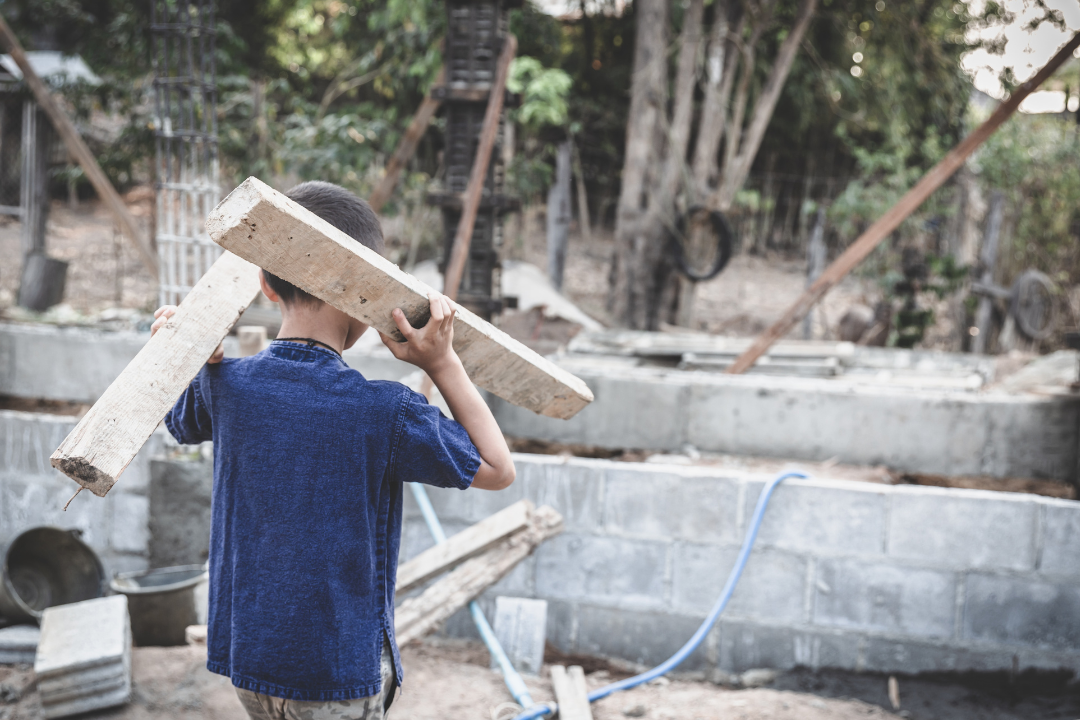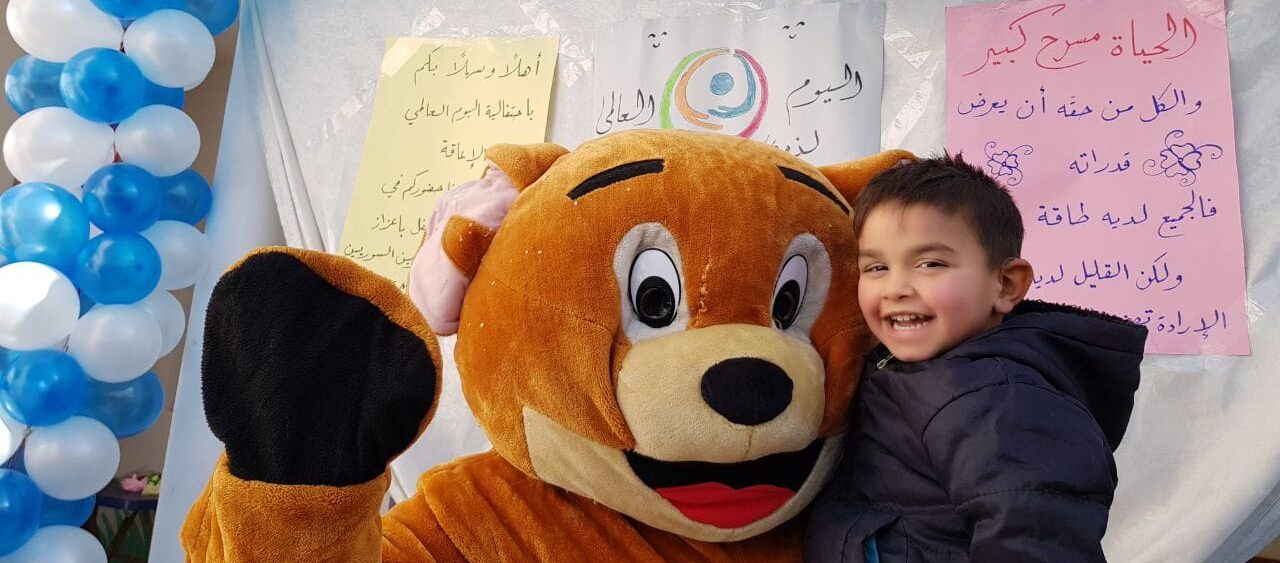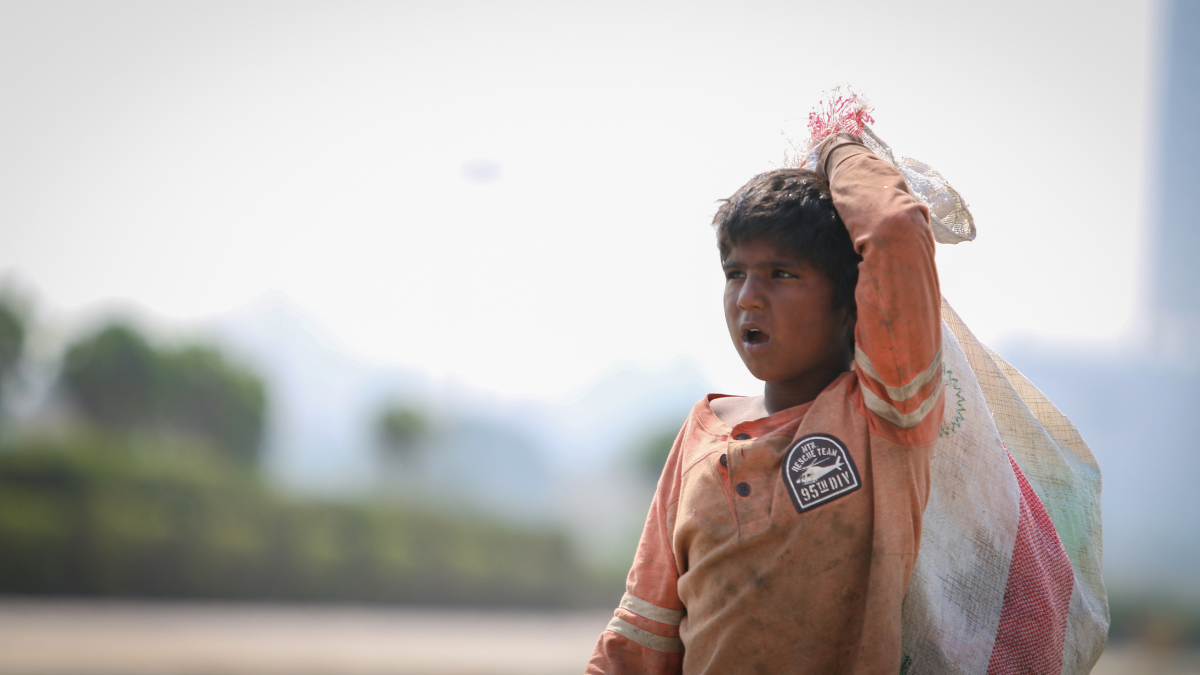Child labor is a global issue affecting millions of children worldwide. And the factors that contribute to child labor vary depending on the region, culture, and economic conditions.
This article will explore some of the main factors contributing to this issue, including poverty, lack of education, cultural and social factors, migration and displacement, and lack of awareness and action.
By understanding these factors, we can work towards ending child labor and ensuring that all children have access to education, health, and safety.
Poverty and economic factors
When families cannot meet their basic needs, children are often pulled out of school and put to work.
The following are some of the economic factors that lead to children being forced to work:
- Unemployment: When adults cannot find work, they may rely on children to contribute to the household income.
- Low wages: In many industries, children are often employed because they can be paid less than adults. This makes them an attractive source of labor for employers who want to keep costs low.
- Debt: Being in debt may force some families to send their children to work so they can get more sources to pay off their debts.
- Poverty: Poverty is one of the main driving forces of child labor. This is more common in developing countries, where poverty is widespread.
By creating more job opportunities for families, they will be less reliant on income from their children, reducing the incentive for child labor.

Lack of access to education
When children do not have access to education, they are more likely to be forced to work, often in dangerous or exploitative conditions.
Lack of schools, particularly in rural areas, can deprive children of education.
Discrimination and outdated cultural perceptions can also prevent certain categories, such as girls, from attending school.
In return, investing in education by building schools in remote areas, providing financial assistance to families, and raising awareness of the dangers of discriminatory acts can help ensure children have access to education.
Cultural and Social Factors
Traditional beliefs and customs in developing countries prioritize work over education. Cultural and social factors play a significant role in contributing to child labor.
For example, gender stereotypes can limit girls’ educational opportunities and increase their likelihood of being forced into child labor.
In many cultures, girls’ education is not seen as a priority, and they are expected to perform domestic duties or marry at a young age.
This can prevent girls from attending school and force them to work to support their families.
Furthermore, cultural practices, such as using children as domestic servants, can also contribute to child labor.
Working with communities to alter their misinformed beliefs on the value of education for children and protecting children’s rights is essential.
This can include providing education and awareness-raising programs that promote education’s advantages and discourage factors leading to child labor.
Efforts should also be made to address gender stereotypes and promote equal educational opportunities for girls.
This can include building schools closer to homes and providing scholarships and financial assistance to families who cannot afford to send their children to school.
Lack of awareness and action
Governments, civil society organizations, and individuals all have essential roles in addressing the root causes of child labor and promoting sustainable solutions.
Governments can enact and enforce laws, provide resources, and invest in education and job creation to reduce the unemployment rate.
Civil society organizations can raise awareness, support, and advocate for policies promoting children’s rights.
Individuals can educate themselves, support organizations, and make ethical consumer choices.
Addressing the root causes of child labor requires a comprehensive approach that involves working together to promote education, job creation, and poverty reduction.

Migration and displacement
Children face many risks when families are forced to migrate or are displaced due to conflict or natural disasters.
Sometimes, they may be separated from their loved ones, which can be very scary and traumatic.
They may also risk being exploited or abused by strangers who could exploit them for their advantage.
This can cause physical and emotional pain and leave them with lifelong psychological issues.
Moreover, children who have been displaced often face a lot of challenges in terms of education.
They may not have access to schools, or their safety may be at risk, limiting their ability to learn and affecting their chances of success later in life.
To help address these challenges, we must work together to support and protect vulnerable children.
It is also fundamental to address the root causes of migration and displacement, such as conflict and poverty, to help create a more stable and supportive environment for these children.
Most importantly, we need to work together to help protect and care for these vulnerable children, so they can have a chance to thrive and succeed despite the obstacles they face.
Child protection and SEMA’s efforts
At the Syrian Medical Association (SEMA), we are committed to reducing the issue of child labor among the Syrian refugee community.
Children in refugee communities are at a higher risk of child labor due to poverty, lack of access to education, and displacement.
We provide education and vocational training programs to children and families in refugee communities to address this issue.
By promoting education and skills development, we empower children with the tools they need to secure a better future for themselves and their families, reducing the likelihood of being forced into child labor.
Moreover, we strive to support and protect vulnerable children, including those at risk of or currently engaged in child labor.
Our efforts could be more effective with your contribution, and your donations will put a smile on refugee children’s faces whose future will be brighter with your help!
FAQ
What are the factors related to child labor?
Factors related to child labor include poverty, lack of education, cultural and social norms, gender discrimination, weak labor laws, armed conflict, displacement, and demand for cheap labor.
Which are the most common forms of child labor?
The most common forms of child labor are in the agricultural sector, domestic work, street work, and mining and manufacturing.
How can we reduce child labor?
We can reduce child labor by promoting education and access to quality schooling and providing support and protection to vulnerable children and families.
Resources
Eastern Europe and Central Asia, Causes
Child Labor and the Influencing Factors




